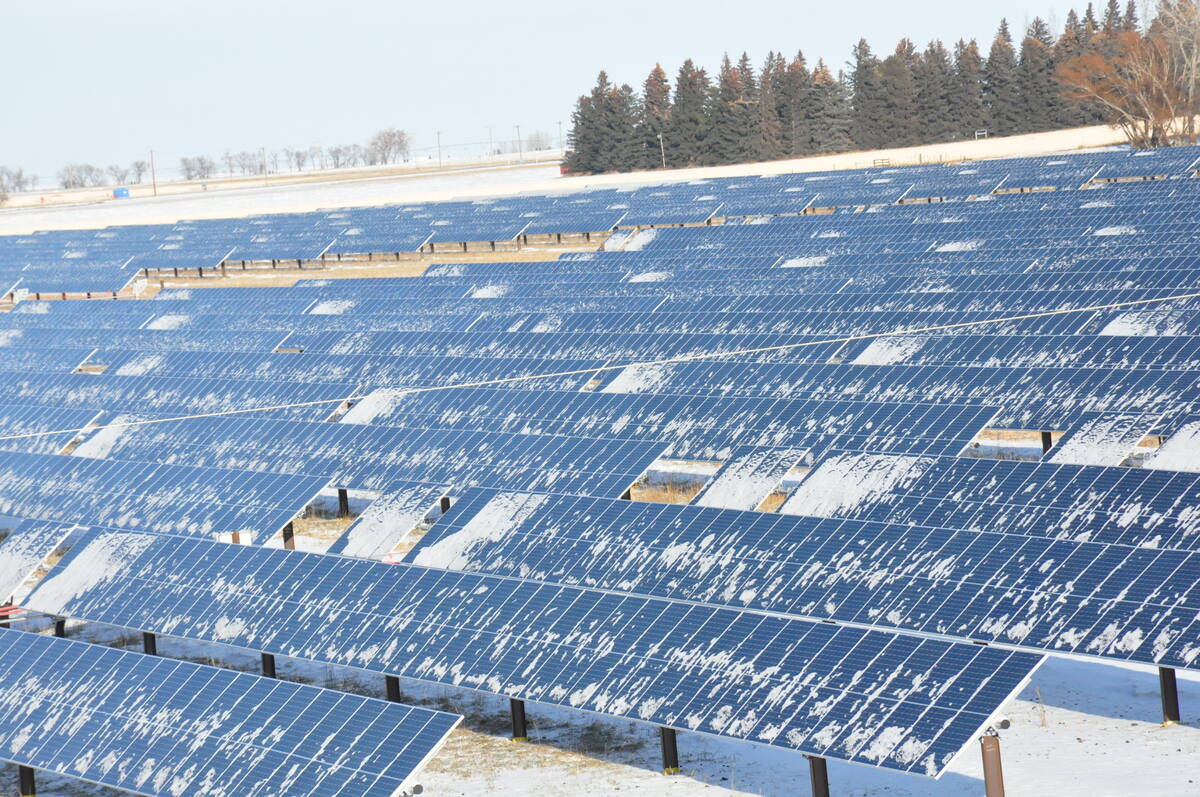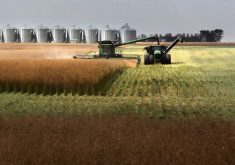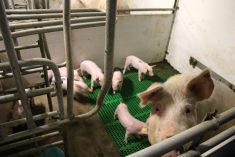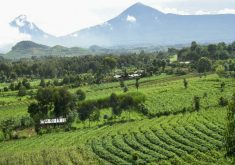On Nov. 15, the world population reached a symbolic number: eight billion people. The planet took about 11 years to add one billion more humans to its population. By 2058, it’s estimated that the planetary population will reach 10 billion.
That’s a lot of people. Whenever humanity is reminded that our population is increasing, we always wonder if we have the capacity to feed ourselves adequately, and for how long.
Amazingly, 90 per cent of the world’s population lives in the Northern Hemisphere, like us, and almost 40 per cent of the surface area of the Northern Hemisphere is land, compared with only about 20 per cent of the surface area of the Southern Hemisphere.
Read Also

Why agriculture is Canada’s energy ace
Why isn’t agriculture getting more play in Canada’s quest for efficient, renewable energy production? It should be
More than half of the world’s population lives in Asia. A single visit to this part of the world will help you realize that the space in Canada is an overlooked asset. The abundance of space we have defines our quality of life, our policies and the way we eat. Most don’t realize this, but it’s true.
[RELATED] Canada to boost defence, cyber security in Indo-Pacific policy
But are we producing enough to feed eight, nine or even 10 billion people on earth? The answer is yes. The sectors are adapting, and developing new technologies at an astonishing pace. Many underestimate the ability of agri-food stakeholders, from farm to consumer, to adjust.
While our planet produces enough food to feed the more than eight billion people who inhabit it, systemic inequalities and economic disparities have led to unbalanced distribution and irregular access to agri-food commodities. Corruption, pandemics, poverty, lack of infrastructure, and of course geopolitical conflicts, as we have seen this year with Ukraine and Russia – these factors often undermine our global food security.
We produce enough to feed the planet, but climate change remains the greatest threat to our agrarian systems. For centuries, humans have adapted to risk. We are compelled to find solutions to problems that suddenly emerge: floods, drought, fires, hurricanes.
But with climate change, the risks never go away. Risks will essentially move and will threaten other parts of the food supply chain. Band-Aid solutions are no longer feasible. Greater resilience in the industry requires extreme adaptability, which is what our recent federal task force on supply chains advocated.
[RELATED] Comment: Population growth, climate change and the ‘Anthropocene engine’transforming the planet
Canada is making a difference. In fact, the Barton report, presented five years ago, offered us a road map in this regard. The Barton report talked about unlocking the potential of key sectors and identified agribusiness as one of them. And fortunately, Canada has delivered the goods, yet we rarely talk about it.
The report mentioned expanding populations around the world, growing demand for protein in Asia and a need for reliable markets, such as Canada. As the fifth largest agricultural exporter in the world, Canada can become a trusted global leader in healthy, nutritious and sustainable food in the 21st century. The report indicates that Canada has the potential to become the second-largest exporter in the world. Second, no less.
The strengths of our agri-food sector include a reliable food supply, availability of resources, position of arable land and strong research poles. In addition, global opportunities relate to exploding demand from emerging markets as well as growing global supply constraints on land, water, energy and carbon emissions.
Our agri-food exports have continued to grow despite challenges in the sector, reaching more than $82 billion in 2021 and surpassing the previous goal of increasing agri-food exports to at least $75 billion by 2025. With better resilient logistics networks and supply chains, we can do even better.
The catch is that when people discuss food security and leading countries internationally, Canada rarely gets mentioned. The Netherlands, Denmark and the United States are often mentioned, but our reputation is simply not there.
Our image as a global agrarian provider lacks a bit of pizzazz. We have to brag about it and celebrate the incredible contributions of our agri-food sector internationally, as often as possible.















